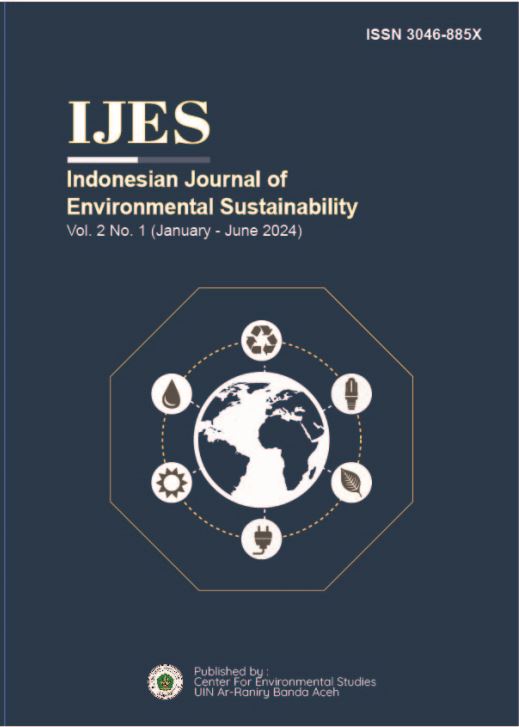IDENTIFICATION OF MICROPLASTIC ABUNDANCE IN SEDIMENTS AND KUWE FISHES (Caranx sp) IN THE COASTAL AREA OF GAMPONG JAWA BANDA ACEH
Abstract
The presence of microplastics in aquatic sediments is a threat to biota that live in waters, especially fishes. This study aims to determine the presence of microplastics in sediments and Kuwe fish (Caranx sp) in the coastal waters of Gampong Jawa Banda Aceh. This research processes begins with sampling, sample preparation, identification of microplastics, and Fourier Transform Infrared Spectroscopy (FT-IR) testing to determine the type of polymer as the origin of the microplastics in the fish samples. Several types of microplastics that have been identified are fragments, fibers and films. The colors of the microplastics found were brown, transparent, black, blue and red. The abundance of microplastics found in sediment was 1630 particles/kg, while the abundance of microplastics found in fish, namely in the organs of the digestive tract and in the fish's body with an abundance of 975 particles/kg and 135 particles/kg respectively. The results of FT-IR analysis have verified several types of polymers such as Polypropylene (PP), Polystyrene (PS), Poly (methyl methacrylate), Ethylene Vinyl Acetate (EVA), Nylon, High-Density Polyethylene (HDPE), and Low-Density Polyethylene (LDPE), with appropriate functional groups. The discovery of microplastics in the coastal waters of Gampong Jawa Banda Aceh indicates microplastic contamination. Therefore, preventive efforts are needed to reduce the abundance of microplastics in these waters.













